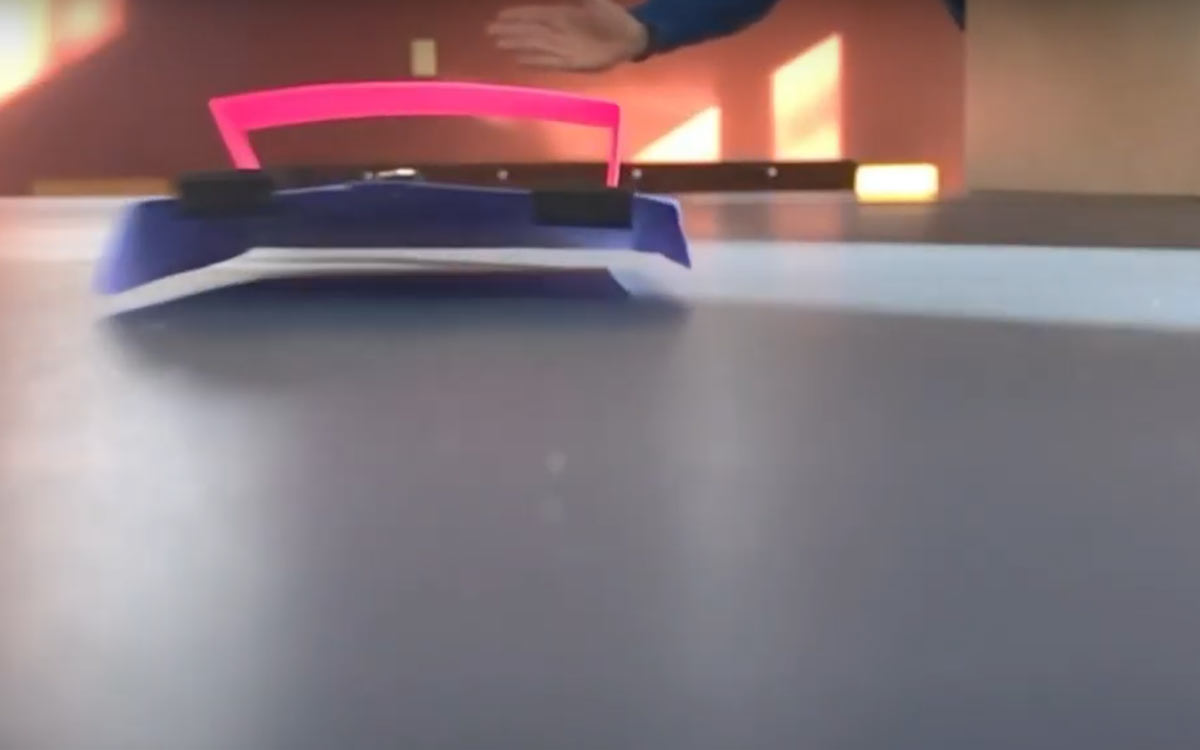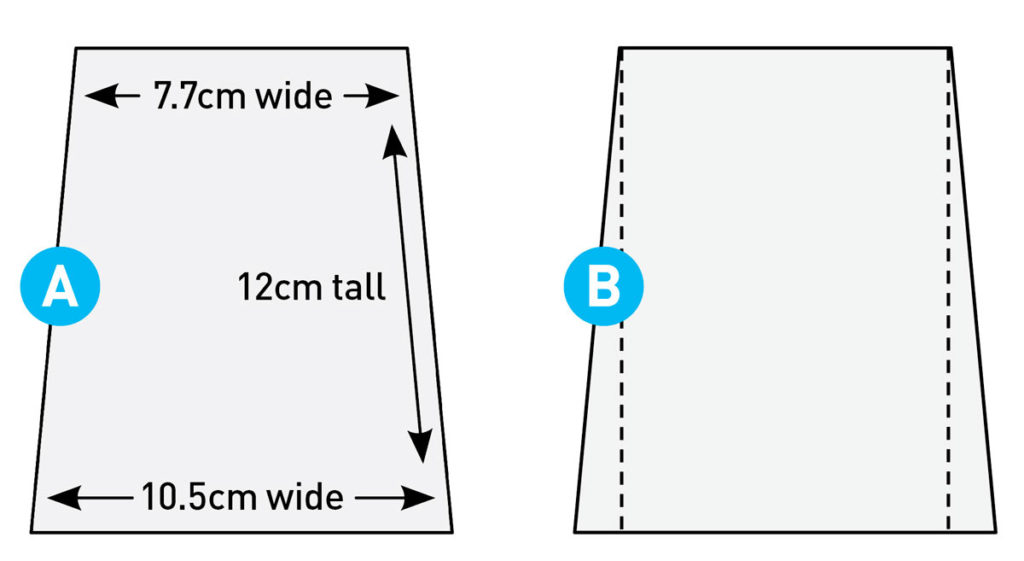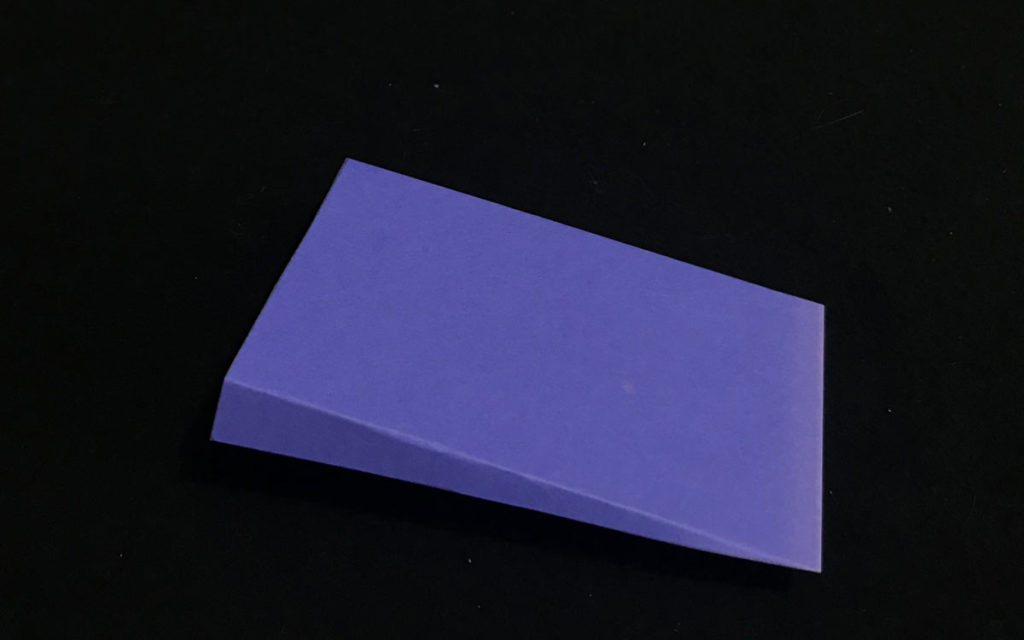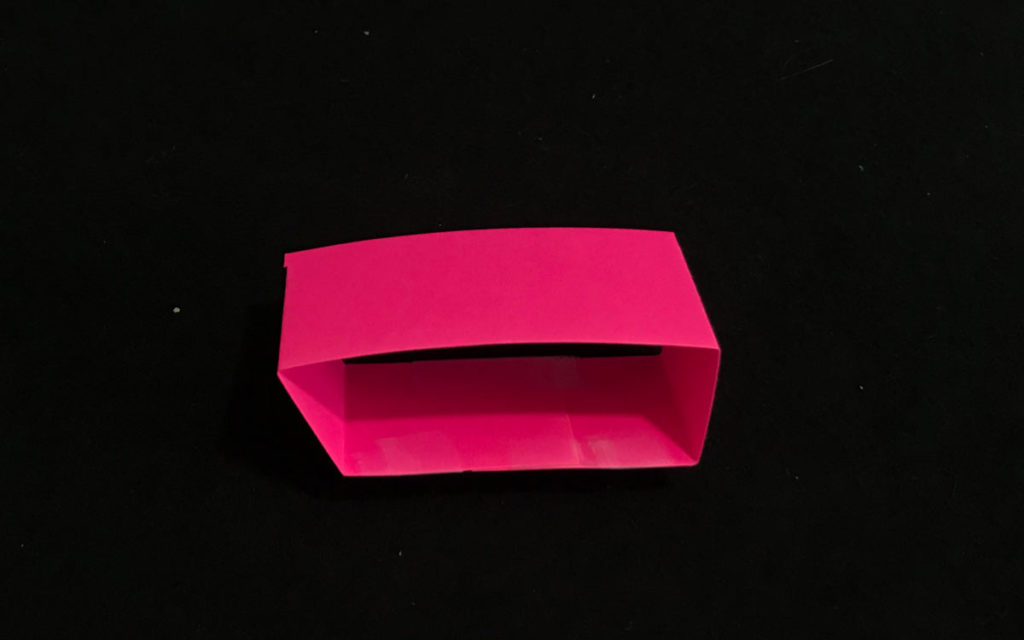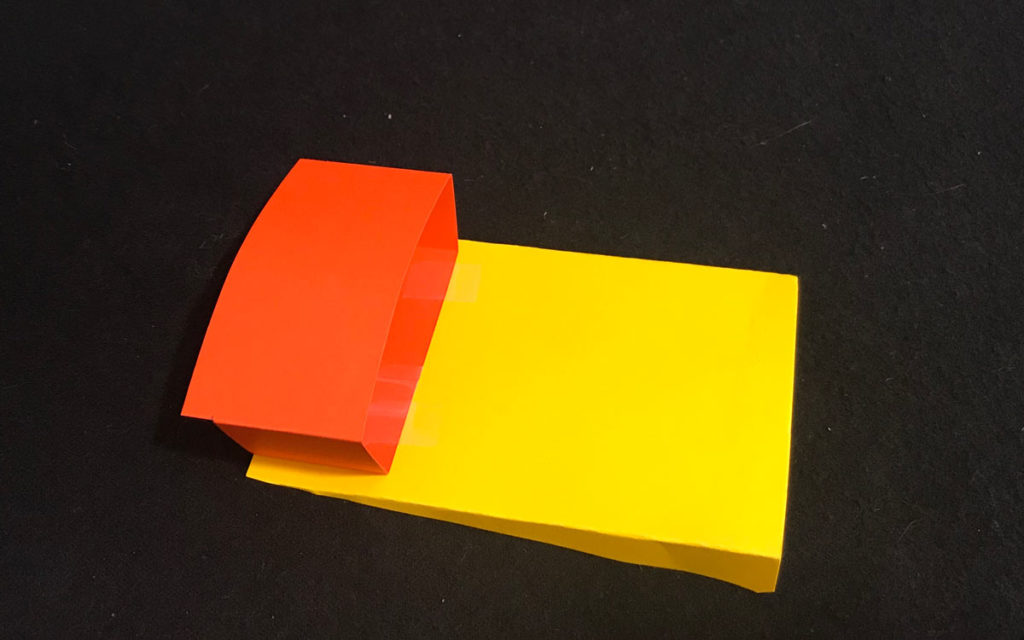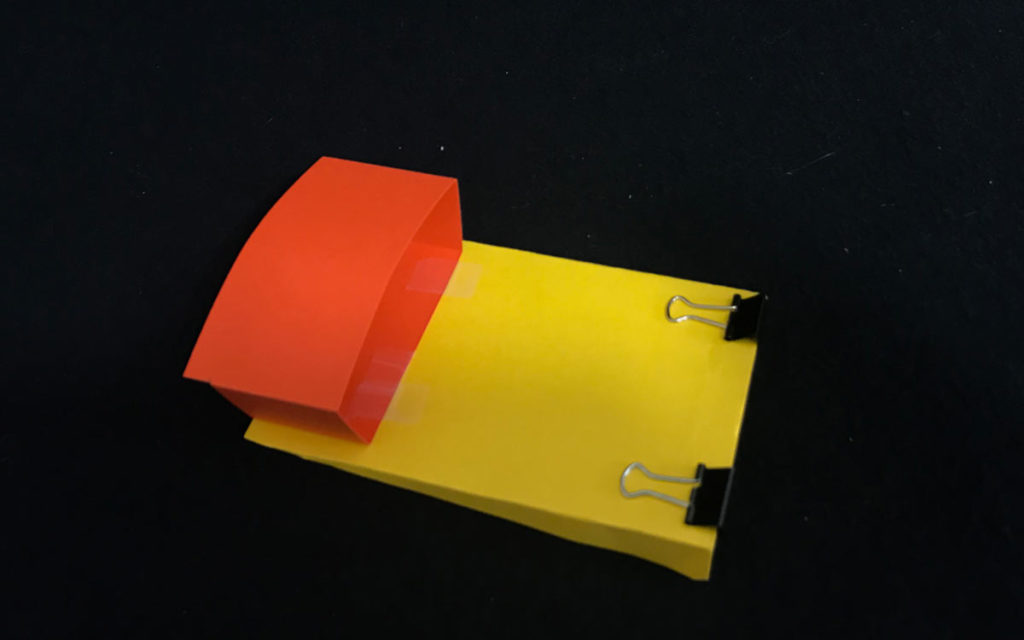Ground-effect vehicles (GEVs), also known as wing-in-ground-effect vehicles (WIGs) or ekranoplans, are craft designed to fly low over flat surfaces. Air is trapped between the wing and the ground, and the GEV rides on a cushion of air; that’s the ground effect. People sometimes confuse GEVs and hovercrafts. Hovercrafts propel air downward to achieve lift; GEVs don’t. Hovercrafts need no forward velocity to attain lift; GEVs do.
The ground effect is most pronounced very close to the ground. For safety reasons, the ground should be level, which is why flight over water is the most common use of GEVs. One advantage of GEVs over conventional planes is the lack of wingtip vortices that produce drag.
Pilots discovered the ground effect in the 1920s, when they found that their aircraft became more efficient as they neared the runway. It was another 40 years before working GEVs were built. Rostislav Alexeyev in the Soviet Union and German Alexander Lippisch, working in the United States, were leaders in GEV design.
Last fall I stumbled onto John Ryland’s YouTube videos of GEVs (above). Cool! I had never heard of them. I searched and found more designs (youtu.be/JcUMO6xken8 and instructables.com/id/Paper-ground-effect-vehicle). As a science teacher, I was more interested in these simple homemade versions than actual working crafts.


